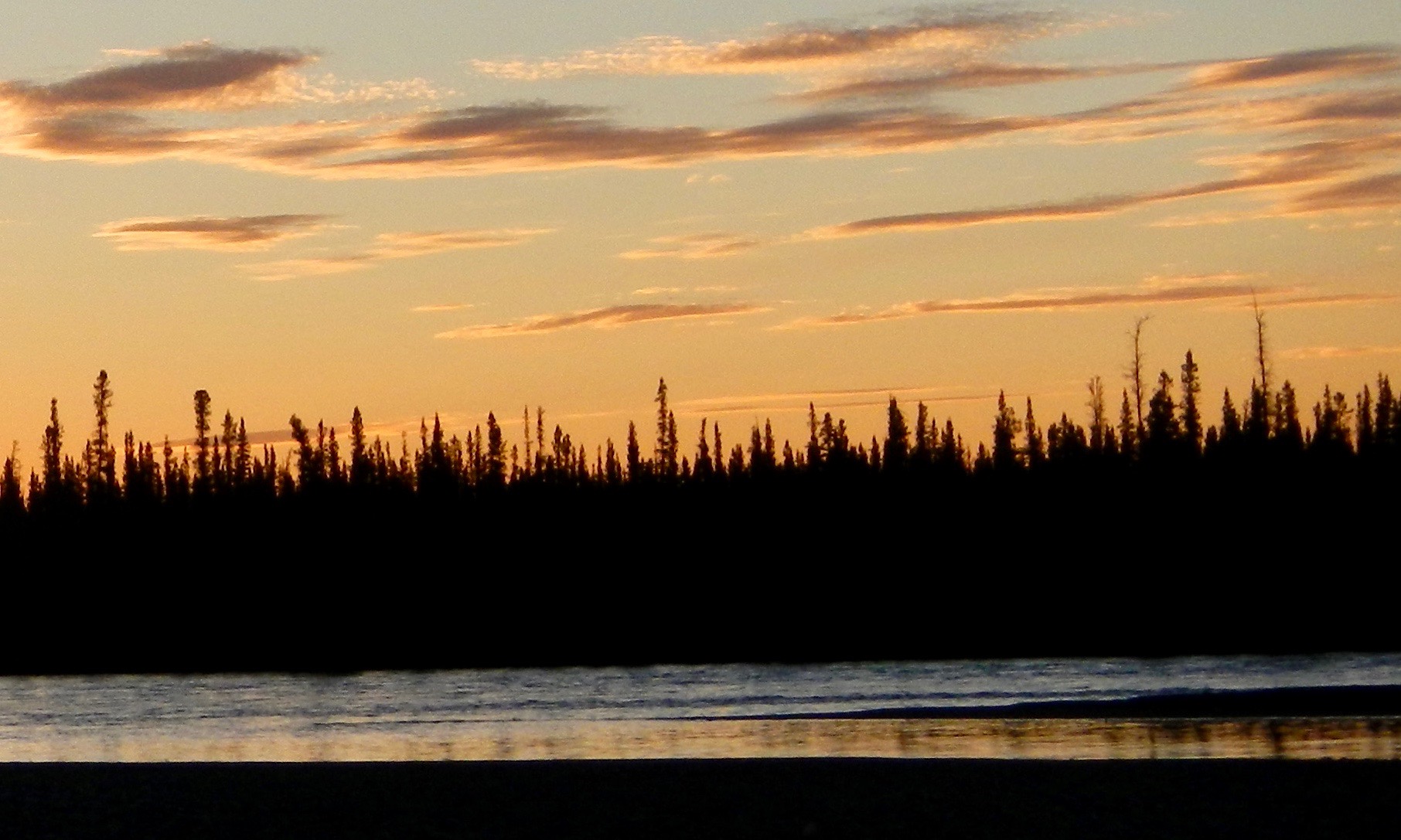The Richardson Lab includes a wet lab, workshop and computer lab space.
The wet lab is fully equipped for chemical analyses of plant tissues (e.g. nonstructural carbohydrates), and facilities include two fume hoods, a -80 freezer, conventional freezer and refrigerator, drying oven, Labconco freeze dryer and vacuum pump, Thomas Scientific Wiley Mini mill, SPEX SamplePrep 1600 MiniG ball mill, precision balance, three high-capacity balances, two hot water baths, a wide assortment of micropipettes, an Eppendorf 5910 bucket-style centrifuge, and a Biotech Epoch 96-well plate reader.
The workshop is equipped with various hand tools for field and lab use, including an impressive collection of precision screwdrivers and shiny crescent wrenches, power tools including an 18V cordless drill and reciprocating saw, and a Stihl chainsaw including related safety equipment (boots, helmet, and chaps). We have a selection of digital multimeters, regulated DC power supplies, soldering tools (including butane-powered pyropens for field use), and networking equipment.
We have a number of netbook laptops for fieldwork, approximately one dozen Campbell data loggers, including CR 10, 21x, CR 1000 and CR 3000 models, and associated peripherals and accessories including storage modules, keypads, multiplexers, network link interfaces, and USB-to-serial and serial-to-WiFi adapters. We are well equipped with various radiometric instruments (quantum sensors, pyranometers, and net radiometers by LI-COR and Kipp and Zonen; 4-channel narrow band sensors by Skye) and basic meteorological instruments (temperature, humidity, precipitation, etc.).
In addition to a large number of visible/infrared StarDot NetCam SC 5 IR webcams (currently deployed in the field as part of the PhenoCam network), the lab also owns a Surface Optics SOC 710 hyperspectral imaging camera, a TetraCam 6-channel MCA camera, and two FLIR A655 thermal imaging cameras. Our ASD FieldSpec 3 spectroradiometer, with 2” integrating sphere, collimated light source, Spectralon standards, and supplemental halogen lamp, can measure reflectance and transmittance of samples from 350-2500 nm. Our Nicolet iS10 FTIR spectrometer can measure reflectance (with built-in gold-plated integrating sphere) or transmittance of samples across the mid-infrared spectrum, from 2–20 um. For precise, low-noise spectral measurements of transmission or reflectance of solid samples, we have a PerkinElmer Lambda 750S UV/Vis/NIR spectrophotometer with a 100 mm integrating sphere.
For trace gas measurements, we have several field-portable systems for chamber measurements of CO2 flux, based on the LI-COR LI 820/840 IRGA and miniature pump. We also have several eddy covariance systems built around the Gill WindMaster sonic anemometer and LI-COR LI 7200 enclosed path IRGA for tower-mounted measurements. And, we have a Picarro fast-response CO2/CH4/H2O cavity ring-down spectrometer that can also be used for ecosystem-scale flux measurements. We have several different types of vacuum (VacuuBrand) and diaphragm (Brailsford) pumps. For field measurements of photosynthesis, we have a LI-COR LI 6400 XT, and an Opti-Sciences OS30p fluorometer for measuring chlorophyll fluorescence. We have a selection of both field-portable and lab standard gases for IRGA calibration.
For field sampling of trace gases, we have an extensive selection of LabCommerce stainless air sampling canisters, from 250 mL to 1L capacity, and two 6L summa-type AeroSphere air sampling canisters. For syringe sampling we have several dozen Wheaton serum bottles and a hand crimper. We have 10 chambers (2L volume) for tree trunk trace gas flux measurements and accumulation sampling.
We also have an assortment of standard forest ecology research gear, including increment borers of various lengths and diameters, electronic band dendrometers, tape measures (including diameter tapes), a telescoping pole pruner, Felco pruners, a laser range finder, and two GPS units. We use a Leica stereozoom microscope together with a Velmex sliding stage and linear encoder for tree ring measurements. For tower work, we have three full-body Petzl climbing harnesses, as well as various fall arrestors, ascenders, and positioning lanyards, and several hard-hats. We have a collection of haul bags, large canvas Duluth cruiser pack for general field work, large coolers for sample storage in the field, and an orange Paris Expedition sled for hauling loads in winter.
In addition to our laboratory space on the NAU campus, our field sites are our outdoor laboratories. We conduct our research at field sites across North America, with active projects ongoing in New Hampshire, Maine, Massachusetts, Minnesota and Colorado.
Please contact current lab group members for additional information, or for a tour of our facilities.

